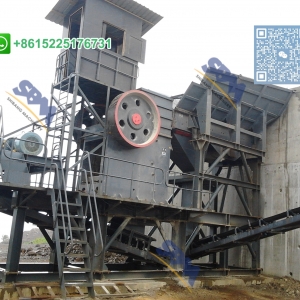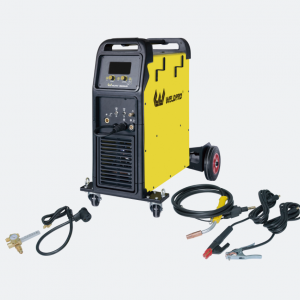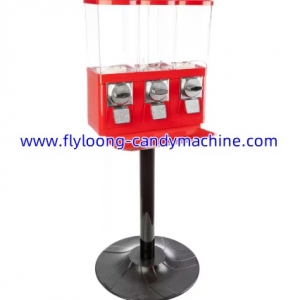In high-speed printing operations, maintaining consistent tension is essential for ensuring print quality, registration accuracy, and smooth web transport. Tension control becomes even more critical during printing inspection, where advanced systems monitor defects, color consistency, and alignment. However, achieving precise tension during this phase is far from simple. A range of mechanical, material, and process-related challenges can compromise both tension control and inspection accuracy.
Why Tension Control Matters in Printing Inspection
In web printing systems—such as those used for labels, packaging films, or newspapers—the substrate must move continuously and uniformly through the press. Any fluctuation in web tension can cause:
Print misregistration
Wrinkling, stretching, or tearing of material
Inaccurate defect detection
Poor synchronization with inspection sensors or cameras
Thus, poor tension control can lead not only to wasted material but also to misleading inspection data.
Key Challenges in Tension Control During Printing Inspection
Variable Web Characteristics
Printing substrates can vary in thickness, elasticity, and surface texture. Lightweight films, foils, and paper each respond differently to tension. Variations across rolls—even within the same material batch—can lead to inconsistent tension unless the control system is adaptive.
Changing Roll Diameter
As rolls unwind or rewind, the effective tension changes due to varying roll diameter. Even with dancer arms or load cells, compensating for inertia and back tension during these diameter changes remains a complex task, especially at high speeds.
High-Speed Operation and Acceleration
Inspection systemsoften operate at speeds exceeding 300 m/min. Rapid acceleration or deceleration during roll changes or stoppages can cause momentary tension spikes or slack, disrupting both the printing and inspection processes.
Integration with Inspection Equipment
Vision-based web inspection systems require stable material motion to ensure sharp image capture and accurate defect detection. Even minor fluctuations in tension can cause web flutter, blurring the image or causing false positives or missed defects.

Temperature and Humidity Sensitivity
Environmental changes can affect substrate properties, particularly with paper or synthetic films. Increased humidity can soften paper, making it more stretchable under the same tension. This demands real-time tension adjustments to maintain inspection precision.
Mechanical Wear and Calibration Drift
Over time, tension rollers, brakes, and sensors may degrade or lose calibration. This gradual shift in mechanical performance leads to subtle tension inconsistencies, often undetectable without close monitoring until inspection results begin to suffer.
Nonlinear Material Behavior
Some substrates exhibit nonlinear stretch characteristics. For example, plastic films may stretch slightly under low tension but elongate significantly once a certain threshold is crossed. Predicting and controlling this behavior is a major challenge during inspection-sensitive operations.
Addressing the Challenges: Toward Smarter Tension Control
To combat these challenges, modern printing and inspection lines are increasingly equipped with:
Closed-loop tension control systems using load cells or ultrasonic sensors.

Servo-driven unwind and rewind units for responsive and precise tension adjustment.
Web edge guiding systems to prevent lateral web movement during inspection.

Adaptive control algorithms that account for roll diameter, acceleration, and material properties in real time.
These innovations help ensure that the web remains in a stable and predictable state, which is critical for obtaining reliable inspection data and minimizing waste.
Summary
Tension control in printing inspection is a delicate balance between mechanical precision, responsive automation, and material behavior management. The challenges—from varying material properties to high-speed dynamics—demand intelligent systems that can adapt on the fly. As the demand for perfect print quality and zero-defect tolerance grows, mastering tension control during inspection will continue to be a cornerstone of efficient, high-quality printing operations.







